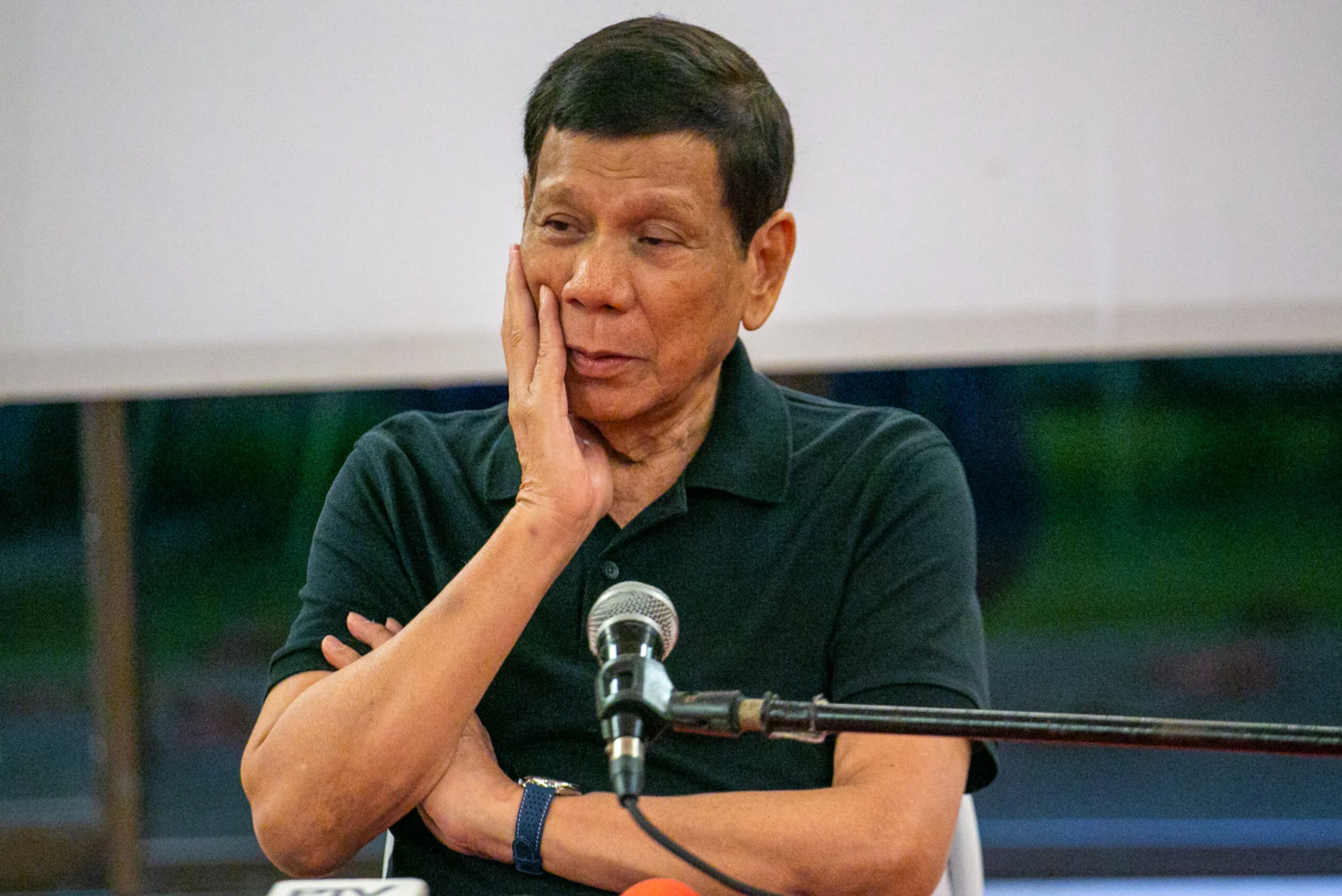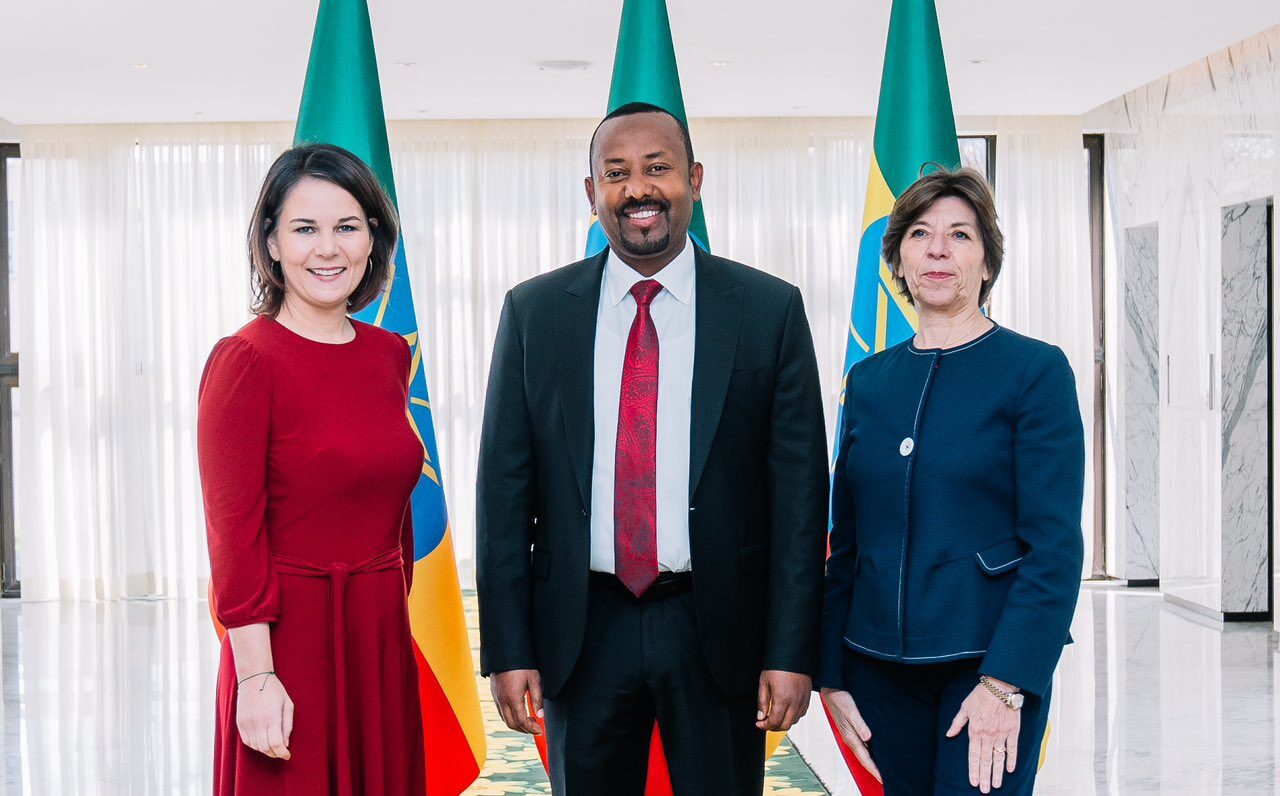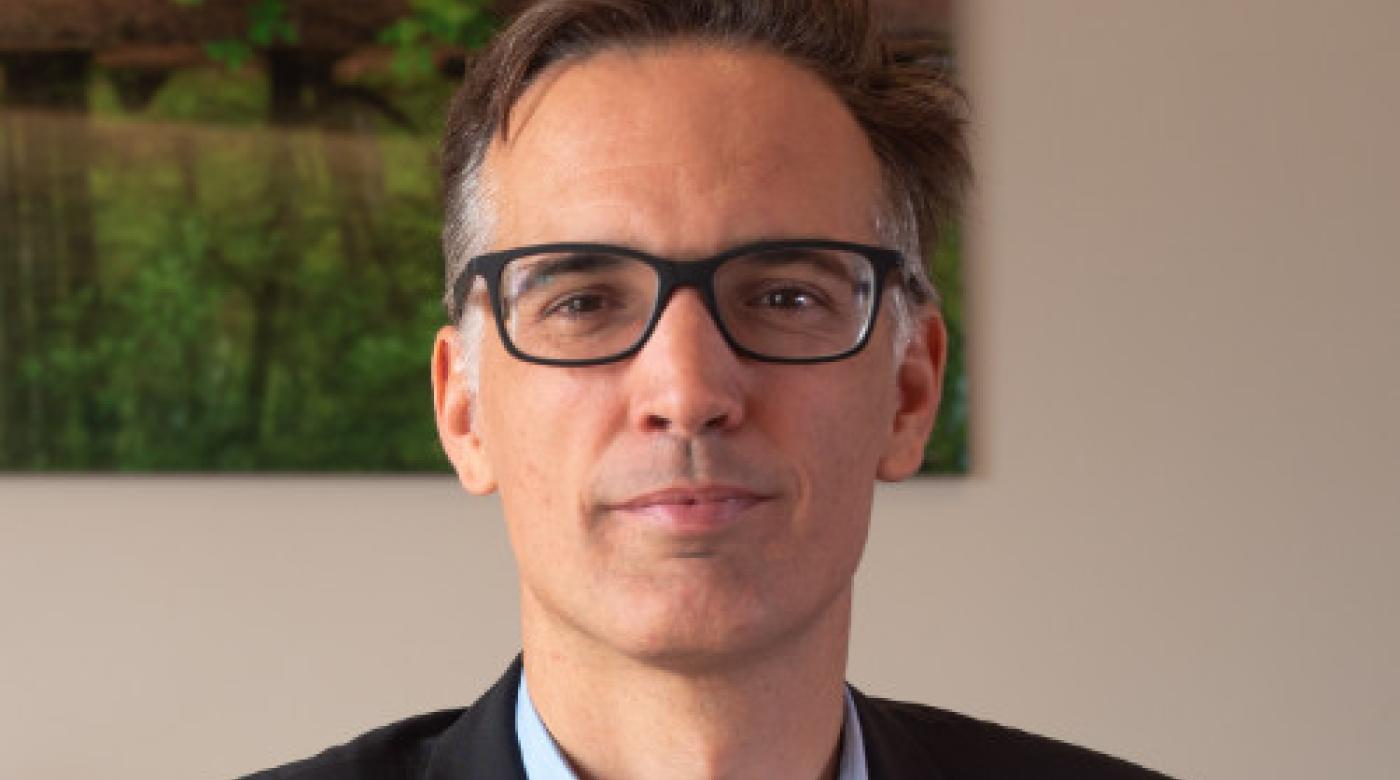tesing abc

American investigative journalist and author Jane Mayer was not talking about Sudan when she said: “Nothing predicts future behaviour as much as past impunity.” However, anyone who knows the history of that country would find this an apt description of what has happened and is still happening there, particularly in Darfur. International Criminal Court (ICC) Prosecutor Karim A.A. Khan KC put it even more directly: “In the suffering of women and children and men in Darfur, we hear
“The lack of cooperation from states and the international community meant that the suspects remained at large, allowing the perpetrators to continue their criminal activities. As the years passed, the patterns of violence and abuse persisted, with the same groups responsible for atrocities continuing to operate with impunity. This stagnation in the pursuit of justice underscored the limitations and challenges faced by the ICC,” he said.
“The lack of cooperation from states and the international community meant that the suspects remained at large, allowing the perpetrators to continue their criminal activities. As the years passed, the patterns of violence and abuse persisted, with the same groups responsible for atrocities continuing to operate with impunity. This stagnation in the pursuit of justice underscored the limitations and challenges faced by the ICC,” he said.
“The lack of cooperation from states and the international community meant that the suspects remained at large, allowing the perpetrators to continue their criminal activities. As the years passed, the patterns of violence and abuse persisted, with the same groups responsible for atrocities continuing to operate with impunity. This stagnation in the pursuit of justice underscored the limitations and challenges faced by the ICC,” he said.

This development was a crucial step forward, as it allow This development was a crucial step forward, as it allow
“The lack of cooperation from states and the international community meant that the suspects remained at large, allowing the perpetrators to continue their criminal activities. As the years passed, the patterns of violence and abuse persisted, with the same groups responsible for atrocities continuing to operate with impunity. This stagnation in the pursuit of justice underscored the limitations and challenges faced by the ICC,” he said.
This development was a crucial step forward, as it allow This development was a crucial step forward, as it allow
“The lack of cooperation from states and the international community meant that the suspects remained at large, allowing the perpetrators to continue their criminal activities. As the years passed, the patterns of violence and abuse persisted, with the same groups responsible for atrocities continuing to operate with impunity. This stagnation in the pursuit of justice underscored the limitations and challenges faced by the ICC,” he said.
these crimes has raised concerns about the efficacy of the justice system.
“It was not until a few years ago that the ICC made a significant breakthrough with the arrest of Ali Muhammad Ali Abd-Al-Rahman (Ali Kushayb). This development was a crucial step forward, as it allowed witnesses to come forward and testify about the horrors they had endured. Evidence from the early years of the conflict in areas such as Kodoom, Bindisi, Mukjar and Deleig could finally be brought to light. The proceedings against Ali Kushayb have brought a measure of hope to the victims, demonstrating that justice, though delayed, is still possible,” he said.
“The lack of cooperation from states and the international community meant that the suspects remained at large, allowing the perpetrators to continue their criminal activities. As the years passed, the patterns of violence and abuse persisted, with the same groups responsible for atrocities continuing to operate with impunity. This stagnation in the pursuit of justice underscored the limitations and challenges faced by the ICC,” he said.
Closure for the victims

“It was not until a few years ago that the ICC made a significant breakthrough with the arrest of Ali Muhammad Ali Abd-Al-Rahman (Ali Kushayb). This development was a crucial step forward, as it allowed witnesses to come forward and testify about the horrors they had endured. Evidence from the early years of the conflict in areas such as Kodoom, Bindisi, Mukjar and Deleig could finally be brought to light. The proceedings against Ali Kushayb have brought a measure of hope to the victims, demonstrating that justice, though delayed, is still possible,” he sai
The official pointed out that one of the significant challenges the ICC faced was the prolonged duration of justice in Sudan and that the 20-year gap in addressing these crimes has raised concerns about the efficacy of the justice system.
“It was not until a few years ago that the ICC made a significant breakthrough with the arrest of Ali Muhammad Ali Abd-Al-Rahman (Ali Kushayb). This development was a crucial step forward, as it allowed witnesses to come forward and testify about the horrors they had endured. Evidence from the early years of the conflict in areas such as Kodoom, Bindisi, Mukjar and Deleig could finally be brought to light. The proceedings against Ali Kushayb have brought a measure of hope to the victims, demonstrating that justice, though delayed, is still possible,” he sai

The latest conflict in Sudan involves the Rapid Support Forces (RSF), led by Mohammad Hamdan Dagalo Mousa (Hemedti), and the Abdel Fattah al Burhan-led Sudanese Armed Forces (SAF). The RSF are a paramilitary group originally formed from the Janjaweed militias who were notorious for their brutal actions during the Darfur conflict in the early 2000s. They were armed and supported by the Sudanese government to fight against non-Arab rebel groups and committed widespread atrocities, including mass killings and rapes. This led to the UNSC referral of the Darfur situation to the ICC. Bashir rebranded the Janjaweed as RSF in 2013 a
The latest conflict in Sudan involves the Rapid Support Forces (RSF), led by Mohammad Hamdan Dagalo Mousa (Hemedti), and the Abdel Fattah al Burhan-led Sudanese Armed Forces (SAF). The RSF are a paramilitary group originally formed from the Janjaweed militias who were notorious for their brutal actions during the Darfur conflict in the early 2000s. They were armed and supported by the Sudanese government to fight against non-Arab rebel groups and committed widespread atrocities, including mass killings and rapes. This led to the UNSC referral of the Darfur situation to the ICC. Bashir rebranded the Janjaweed as RSF in 2013 a

SF in 2013 and allowed them to continue their violent actions, including the suppression of pro-democracy protests in 2019.
The struggle for power between RSF and SAF began in October 2021, six months after Burhan seized control of the government in a coup that disrupted Sudan’s fragile transition to democracy after the ousting of Bashir in April 2019. Disagreements over integrating the RSF into the SAF led to tensions between Burhan and RSF leader Hemedti. In April 2023, the two factions clashed in Khartoum, leading to w
United Nations High Commissioner for Human Rights on Sudan. “Entrenched impunity was one of the drivers of the conflict and has been fuelling it ever since. Accountability, regardless of the rank and affiliation of the per
SF in 2013 and allowed them to continue their violent actions, including the suppression of pro-democracy protests in 2019.
The struggle for power between RSF and SAF began in October 2021, six months after Burhan seized control of the government in a coup that disrupted Sudan’s fragile transition to democracy after the ousting of Bashir in April 2019. Disagreements over integrating the RSF into the SAF led to tensions between Burhan and RSF leader Hemedti. In April 2023, the two factions clashed in Khartoum, leading to w





